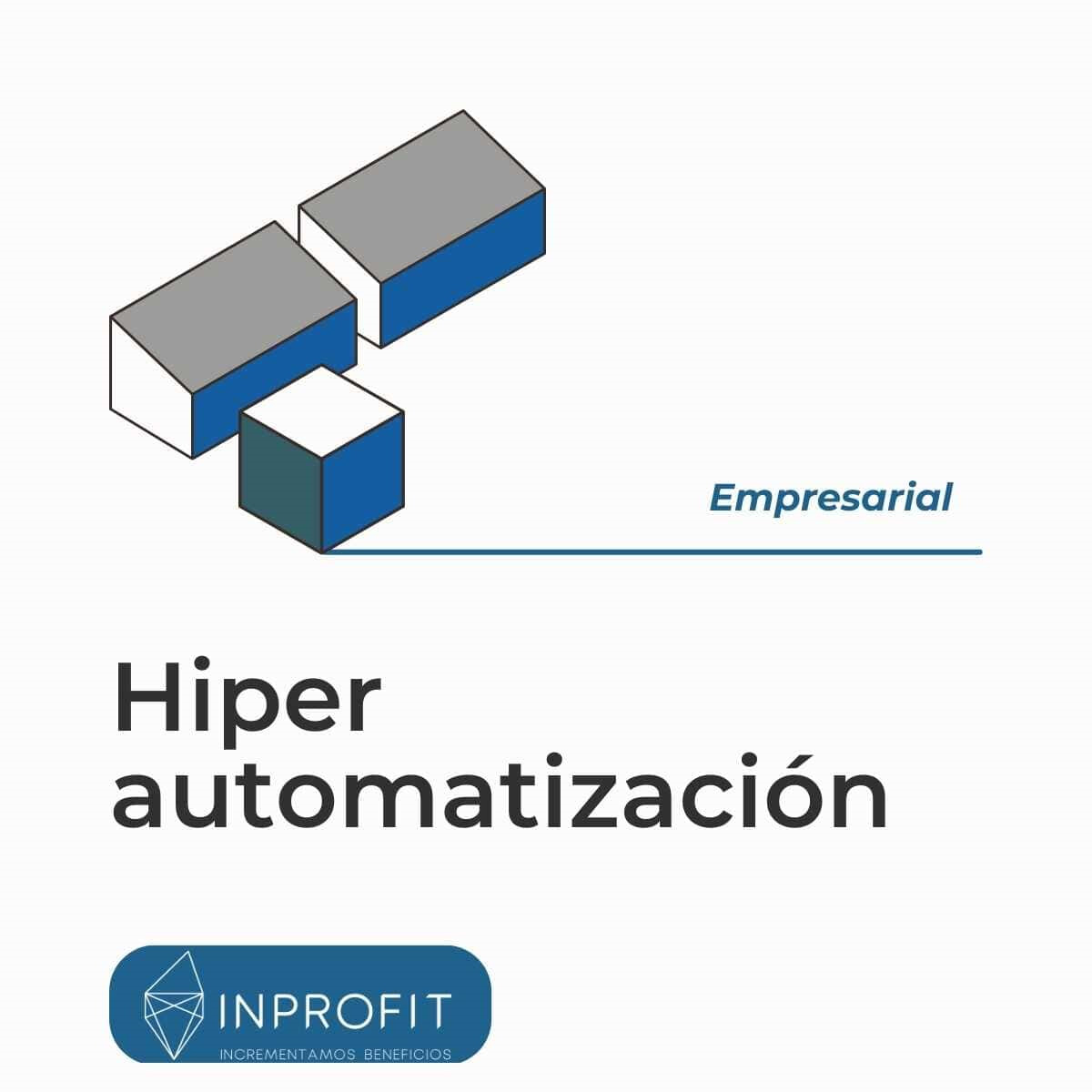Hyper-automation of business processes for success
Hyper-automation is a process of automating more complex business processes to achieve success.
In this blog post, we will explain what hyper-automation is and how it can benefit your business. We will also give you some tips on how to get started with hyper-automation in your own organisation.
Defining hyper-automation and its benefits for businesses
Hyper-automation is one of the most effective tools available to businesses in the modern market. It aims to automate as many processes as possible, allowing a company to become more efficient and productive with minimal human intervention.
The main advantage of hyper-automation is its ability to reduce operational costs and improve labour productivity, resulting in greater cost savings for organisations. In addition, there are several advanced features that differentiate it from more traditional forms of automation, such as its ability to streamline complex business processes and simplify tasks that would otherwise be tedious and time-consuming.
Through hyper-automation, businesses can thrive in an increasingly complex landscape, where customer expectations continue to evolve and technological advances offer new opportunities for growth.
Determining which business processes can be automated
Automating business processes is an effective way to streamline operations and improve efficiency.
It can help reduce costs, save time and accelerate results for both employees and customers. However, it is important to determine which processes are best suited for automation before investing in new technology or software.
This will minimise risk and ensure that the processes prioritised for automation deliver the greatest possible benefit. In addition, companies must ensure that they have the necessary resources in place to successfully automate a process.
This includes having the right people, training and budget to implement it properly. Ultimately, if done right, business process automation can be a win-win situation for all involved.
Outlining the steps needed to implement hyper-automation
Hyper-automation is an important part of the digital transformation process and must be taken seriously. Implementing hyper-automation requires careful planning, the first step being to identify the processes and tasks that can be automated.
Next, it is time to select the best tools for automation. This includes examining existing tools that are already in use, as well as investigating new tools that could be incorporated. Once the tools have been selected, they need to be configured and integrated into existing systems.
Finally, it is time to monitor and measure the effects of hyper-automation over time, looking for optimisation opportunities. Implementing hyper-automation is no easy task, but with careful planning it can significantly improve business operations.
Analysing the advantages of hyper-automation over traditional automation methods
With the introduction of hyper-automation, automating business processes is now easier than ever.
Businesses can benefit from hyper-automation in a variety of ways, from improving efficiency to reducing human intervention. Unlike traditional automation methods, hyper-automation uses advanced technologies such as machine learning, artificial intelligence and robotic process automation to automate tasks.
This allows more complex processes to be automated with ease. It also provides the ability to analyse data faster, giving businesses access to information that can help them make better decisions. In addition, the use of hyper-automation reduces the number of errors and lowers costs for businesses by freeing up valuable resources for other initiatives. Hyper-automation is increasingly popular among businesses, which recognise its potential to revolutionise their organisational processes.
Sharing case studies of companies that have successfully implemented hyper-automation
Many companies have seen the potential of hyper-automation, and there are many case studies showing how it has worked for them. From streamlining operations to preventing errors, the use of hyper-automation in certain processes can provide a real competitive advantage.
Even more exciting is hearing the stories of those who have had success using this technology: the time saved, cost savings and improved performance are significant gains. Incorporating hyper-automation into a company's operations can be an intimidating experience, but case studies of successful companies can be reassuring and, at the same time, provide valuable insights into its implementation.
Digital transformation of processes
Hyper-automation is a hot topic in the business world, and rightly so. This new form of automation offers significant advantages over traditional methods, from increased efficiency to cost savings.
If you want to implement hyper-automation in your company, here are the steps you need to take to get started. And if you are still not convinced that hyper-automation is right for you, we have included some case studies of companies that have successfully implemented this technology. What do you think? Are you considering hyper-automation?
At Inprofit we are a martech agency specialised in offering tailored solutions for the digital transformation of companies. Contact us today and a specialist will analyse your company's needs and offer you a customised solution.
We can help you with the implementation of hyper-automation, as well as with other digital transformation services that will optimise your processes and increase the efficiency of your business. Don't wait any longer to start transforming your company: contact us today!

 Español
Español English
English
Write a comment